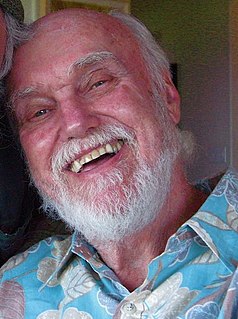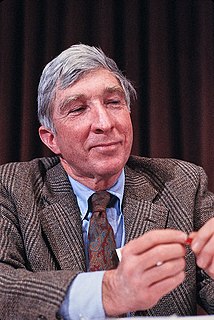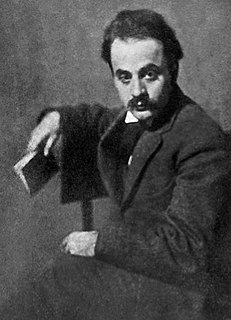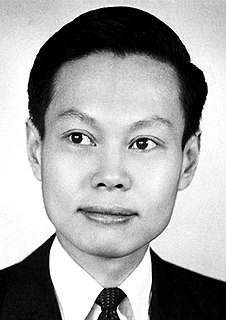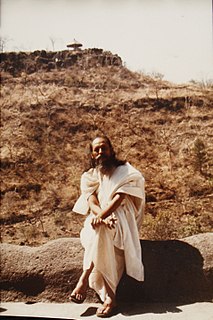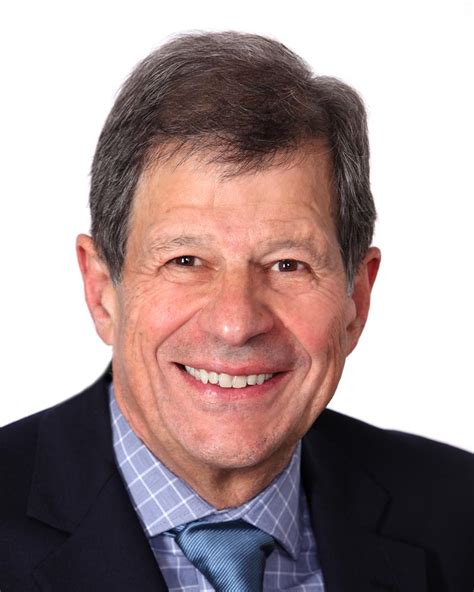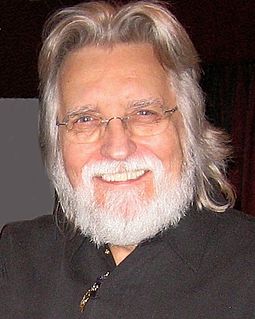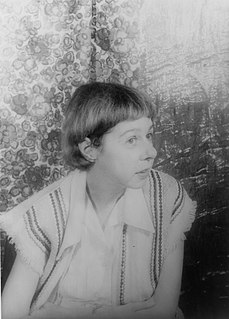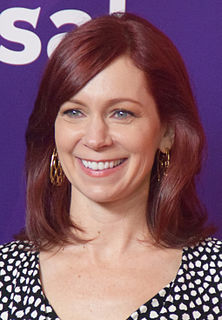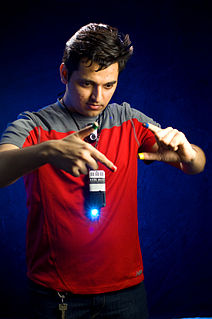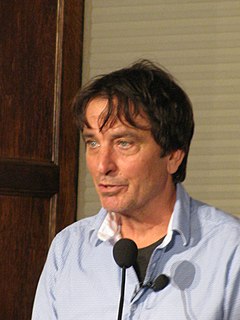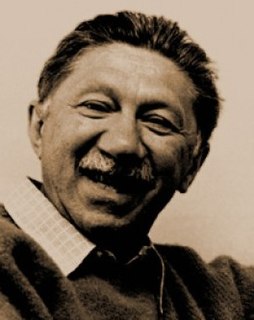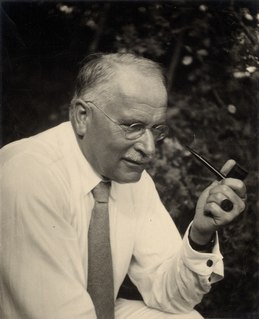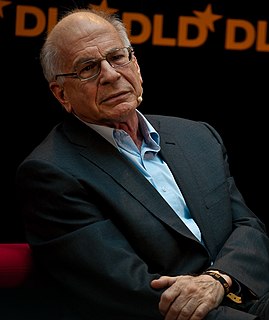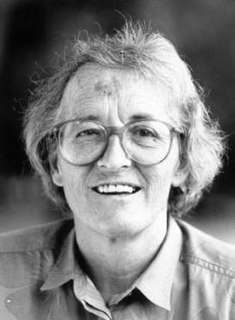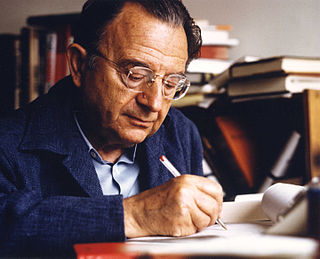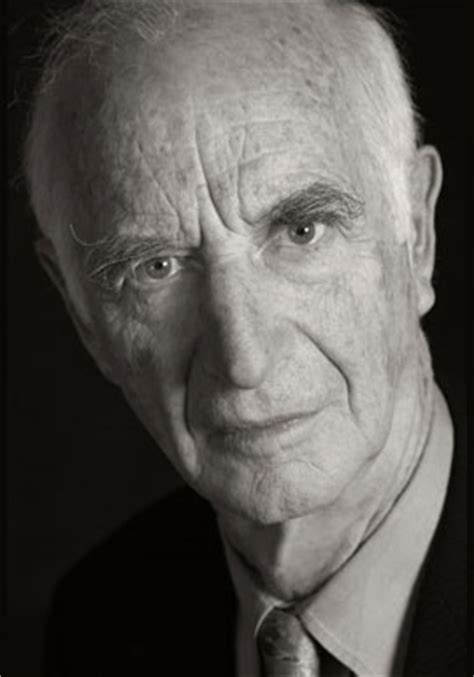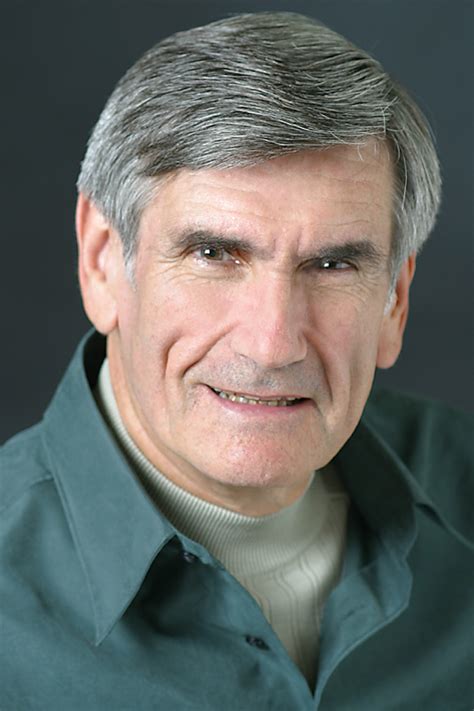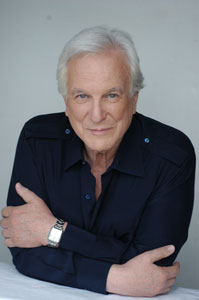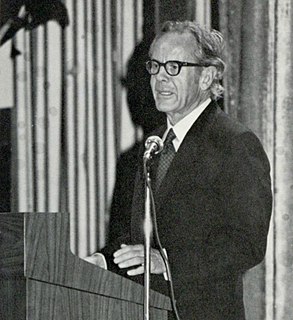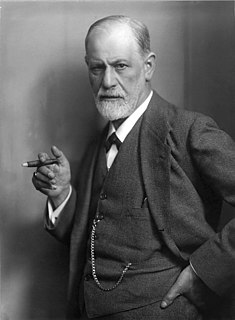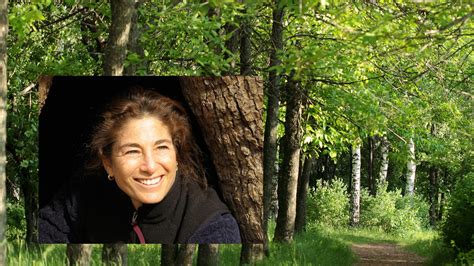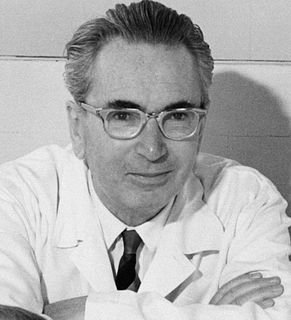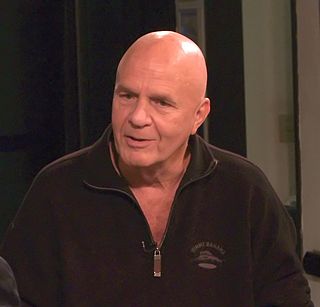A Quote by Ram Dass
Our interactions with one another reflect a dance between love and fear.
Quote Topics
Related Quotes
There are no different categories of love. There isn't one kind of love between a mother and child, another between lovers, and another between friends. The love that is real is the love that lies at the heart of all relationships. That is the love of God and it doesn't change with form or circumstance.
If we are pure at heart, we would not wish one person well and not another. We should see there is no difference between one person or another. Then our pure thoughts can be evenly spread between all people. Sunshine can reflect on clean water but not on dirty water. God's light will be reflected by those persons with a pure heart.
I fear being like everyone I hate, I fear failure, I fear losing control. I love balancing between chaos and control with everything I do. I always have a fear of going one way or another, getting lost in something, or losing everything to get lost in. And I fear being a completely acceptable sheep in society.
In daily practice, reflect on the benefits of love, compassion and kindness, then reflect on the disadvantages of anger. Such continuous contemplation, the growing appreciation of love, has the effect of reducing our inclination towards hatred and increasing our respect for love. By this means even anger can be diminished.
All human actions are motivated at their deepest level by two emotions--fear or love. In truth there are only two emotions--only two words in the language of the soul.... Fear wraps our bodies in clothing, love allows us to stand naked. Fear clings to and clutches all that we have, love gives all that we have away. Fear holds close, love holds dear. Fear grasps, love lets go. Fear rankles, love soothes. Fear attacks, love amends.
Love is the bridge that leads from the I sense to the We, and there is a paradox about personal love. Love of another individual opens a new relation between the personality and the world. The lover responds in a new way to nature and may even write poetry. Love is affirmation; it motivates the yes responses and the sense of wider communication. Love casts out fear, and in the security of this togetherness we find contentment, courage. We no longer fear the age-old haunting questions: "Who am I?" "Why am I?" "Where am I going?" - and having cast out fear, we can be honest and charitable.
It cannot be, because the way man has treated woman has been basically wrong. Only between two equal persons is there a possibility of relationship, because fear is not there - one can be open, one can be true, one can be honest. Only between two equal persons, when there is no fear, is there love. Love arises when fear has left you. When fear is there, love cannot enter: they are never together.
To be lovingly present through the primal, naked pain that marks aspects of birth, and to be lovingly present through the difficult, heart-wrenching ending that marks aspects of death is to learn about life and love. Fear may be strong but love is stronger. Learning how to love includes learning how to make room for and transform fear. Learning how to live involves learning how to die. Love alone is the most potent power illuminating the breath's journey in between these thresholds. Love is the key. Love is the dance.
The plan of spiritual evolution is marked not only by God's will that we move ever in the direction of love, nut also by another of God's creative principles: that humanity has free will. What that means is that in any given moment, it is our choice whether we move toward love or retreat from it. What is not love is fear. But in the larger scheme of things, there is a limit past which lovelessness cannot remain. Fear is not life-giving enough to sustain itself. We can move in the direction of fear only so long before it brings us to our knees, or to our end.
